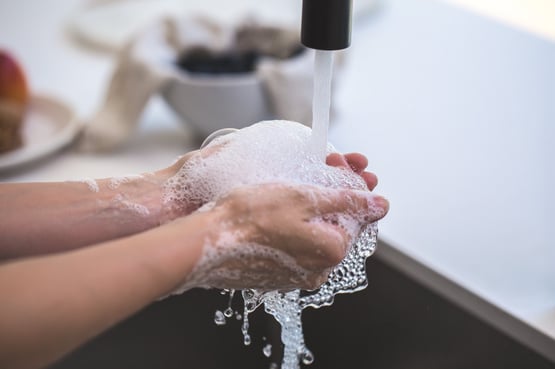
It's an age-old question – is hot water on its own enough to kill germs and bacteria? In a time where COVID-19 is prevalent across the globe, it’s never been so important that we wash and clean our hands thoroughly so that we reduce the spread of the virus. But, is hot water enough for hand washing, and to get rid of potential germs and bacteria?
In this blog, we’ll take a look at official hand washing guidelines from the New Zealand Government. We’ll also take a look at the various hand washing and hygiene products available to purchase, and specific cleaning products that we recommend to keep yourself, and your colleagues safe in the workplace.
Why hand washing is so important
In 2020, COVID-19 quickly spread around the world and while things like physical distancing and face masks have been implemented to help stop the spread of the virus, another important measure that shouldn't be ignored is the importance of washing our hands.
As outlined by the World Health Organization (WHO), hands are one of the main pathways of germ transmission, particularly in the healthcare industry, just think of how many different surfaces you touch in a day – it’s a lot! While traditionally, hot water alone was commonly used to wash hands and get rid of dirt and grime, this method is no longer enough to make sure our hands are thoroughly clean and germ-free. One of our best protections from the virus and one of the easiest ways to keep yourself safe, is to thoroughly wash your hands with soap and water.
How to wash your hands properly
Here we outline the steps involved to effectively wash hands, and clean them of germs and bacteria. These steps are also outlined by the New Zealand Government and can be a great way to encourage effective workplace hygiene, particularly in larger businesses.
1. Wet your hands with running water
The first step in washing your hands properly is to use running water. Running water is most effective for washing hands when compared to water that may have sat in a hand basin for a long period of time, and risks contamination.
There has been a long-standing theory that hot water is the most effective when washing hands so that they’re clean however, this theory is really just a myth. Any type of running water will do – whether the water is cold or warm is up to you as both will kill germs and viruses, so long as you wash your hands with soap.
2. Apply soap
Quite possibly the most important step when washing hands in the COVID age is to ensure we apply enough soap to cover and wash wet hands. Soap helps to kill the virus by bursting its protective bubble.
There are a range of different hand soaps available, and many that can also be purchased in bulk supply for the workplace. Both the Allchem range and the Protecta range come in 5L bottles and with fragranced, and non-fragranced options. Alternatively, the Gojo and Kleenex ranges can work particularly well in workplace environments as they also come with a wall-mounted soap dispenser (sold separately).
View the range of Primepac hand soaps and cleaners here.
You may be wondering what can be done if there’s no soap? Hand sanitisers that contain at least 60% alcohol are just as effective at killing germs, when you don’t have access to soap and running water. Simply apply to hands and rub in for at least 20 seconds to ensure full coverage.
To view our range of hand sanitisers including our very own Germogard range, head to the hand cleaners page here.
3. Scrub all surfaces of the hands
While it may seem like a simple task – washing your hands with running water and soap, there’s actually a preferred hand washing method to ensure hands are cleaned thoroughly.
The New Zealand Government recommends that all surfaces of the hands should be scrubbed, including the back of hands, between fingers and under nails, for at least 20 seconds. This method ensures that every surface on the hands is cleaned, and no germs or bacteria are missed.
4. Rinse and dry hands
The last steps to ensure that hands are washed and cleaned effectively, are to rinse them thoroughly with running water and then dry them. Note that if drying your hands with a cloth it’s important to ensure that this is clean – you don’t want to go and undo all of the hand washing you’ve just done! Otherwise, a single-use paper towel or air-drier are the preferred methods of drying hands.
For a quick and easy how-to hand washing guide, you can refer to the below. This guide contains all of the basic hand washing steps that we’ve mentioned above and could even be printed, should you wish to hang this up on a wall, in your workplace.
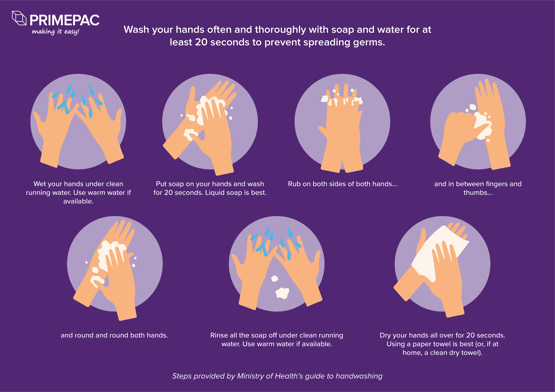
We hope that you have found this information and the hand washing guidelines referenced, helpful for your workplace hygiene needs.*
It’s easy to make sure that your workplace has the appropriate hand washing practices in place, starting with the right hand wash and workplace hygiene products. You can browse our full range of hand washes and sanitisers here. To view our range of PPE supplies click here.
*It’s important to note that COVID-19 is ever-evolving and the hand washing guidelines referenced in this article may change over time. For full details on hand washing and hygiene practices, we encourage you to head to the New Zealand Government's official website ‘Unite against COVID-19’ or the World Health Organization’s website.

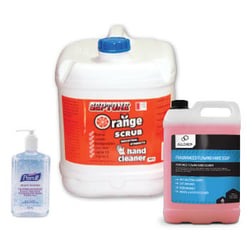


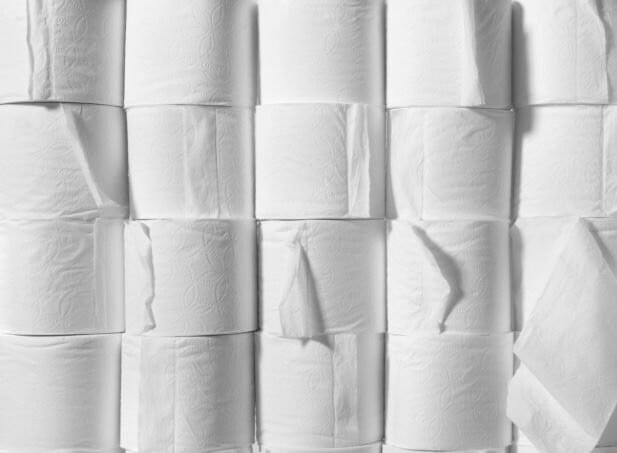
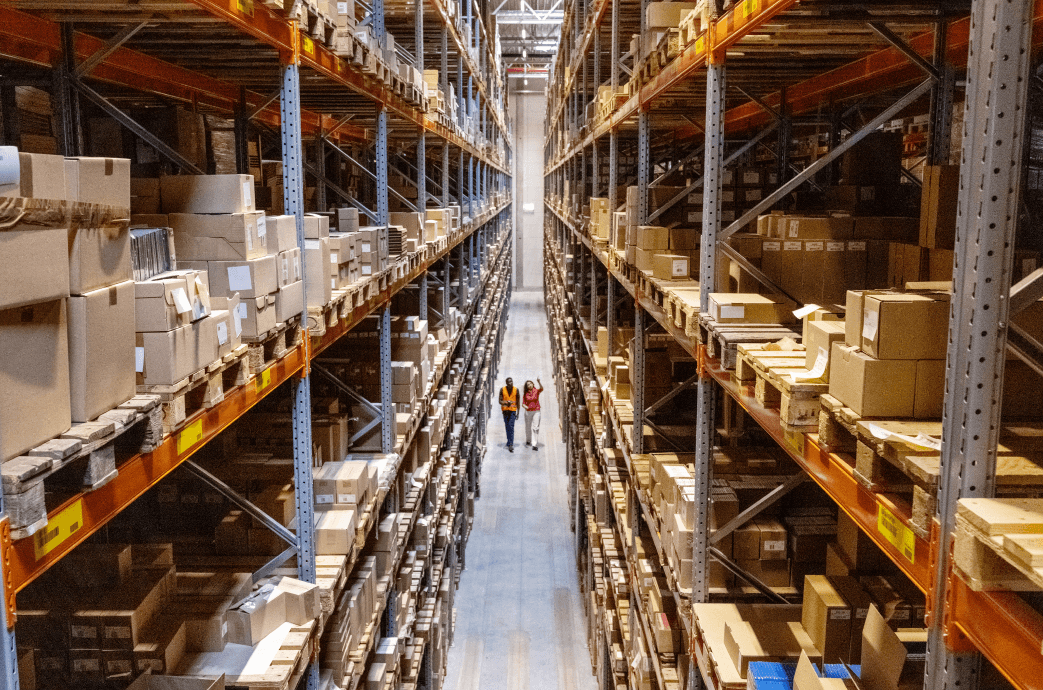
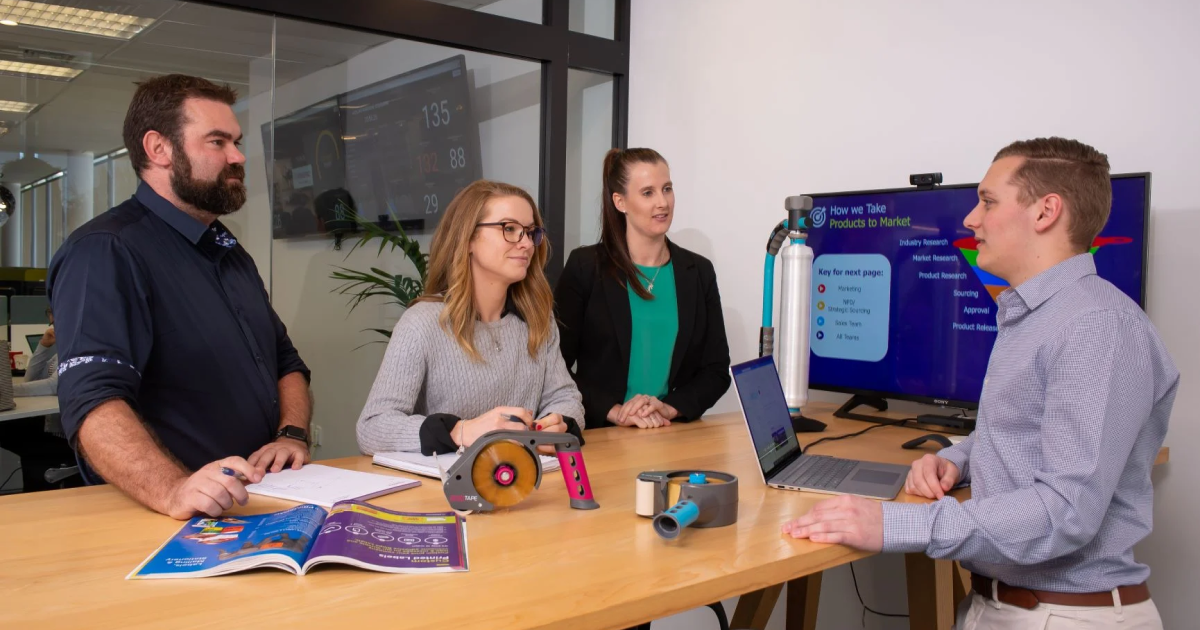
.png)

